While we love a good fictional survival movie or better yet, one based on a true story, television survival series should not be counted out. Lumped into the reality TV category, viewers sometimes have a hard time believing what is real, fake, or scripted. While Bear Grylls rose to popularity for his “survival” series, years after Man vs. Wild stopped airing, production and Grylls admitted it was fake and in many instances, Grylls stayed inside hotels and resorts during the overnights.
RELATED: 6 Survival Movies to Watch Before Heading Outdoors
Bushcraft and survival skills are the subjects of fascination as the world begins to search for more sustainable ways of living. When you’re looking for a break from the YouTube series binge, these reality and documentary series demonstrate the best of the best (and moderate survivalists) trekking into and thriving in the wilderness.
‘Alone’ (2015-Present)
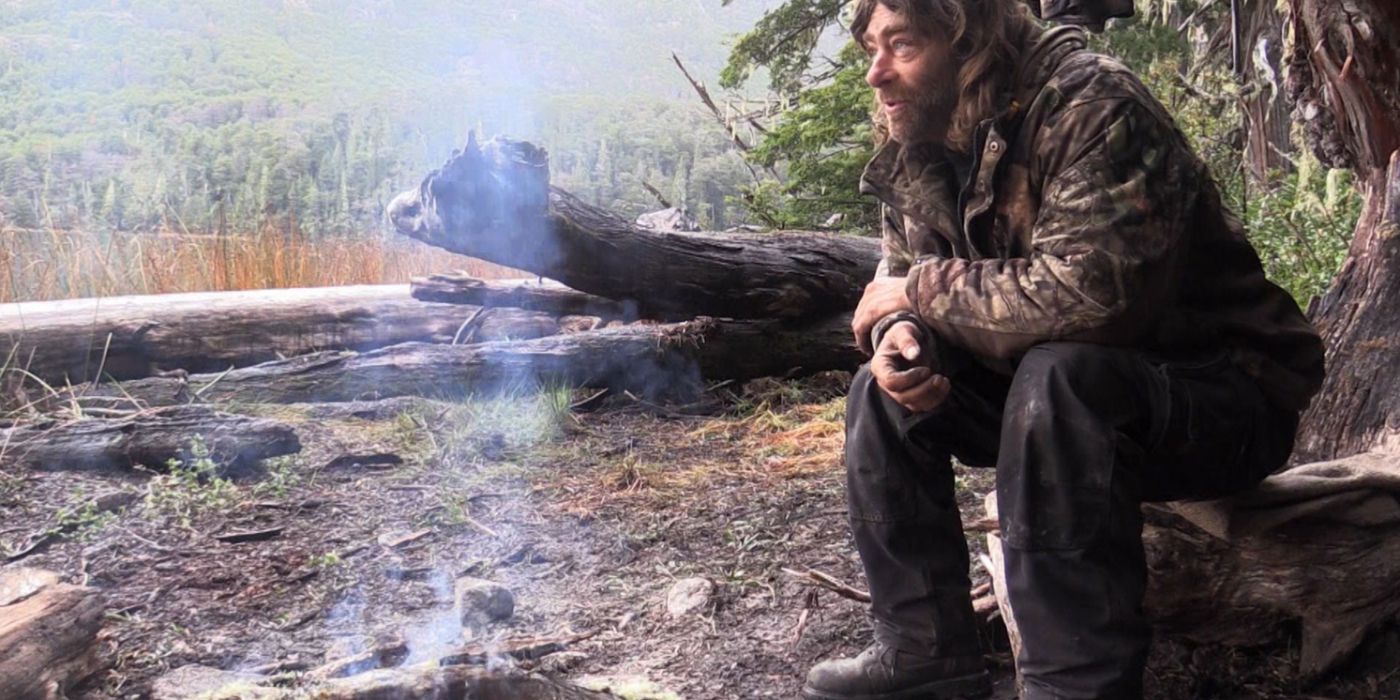
Think you have what it takes to turn your outdoorsy camping skills into a real-life survival situation? Think again. For contestants on History Channel’s Alone, wilderness living isn’t a hobby, it’s a lifestyle. Throughout nine seasons, men and women around the world have tried to outlast the elements in hopes of winning $500,000.
Through a rigorous selection process, ten participants are dropped in remote locations around the world each season all with one goal. Be the last person standing. Each person is allowed 10 items in their pack in addition to necessities like a first aid kit. Recording their entire journey, participants can hit the call button and tap out at any time, some reduced to medical taps from injury, illness, and malnutrition. Full seasons are available to stream on the History Channel app.
‘Survivorman’ (2005-2015)
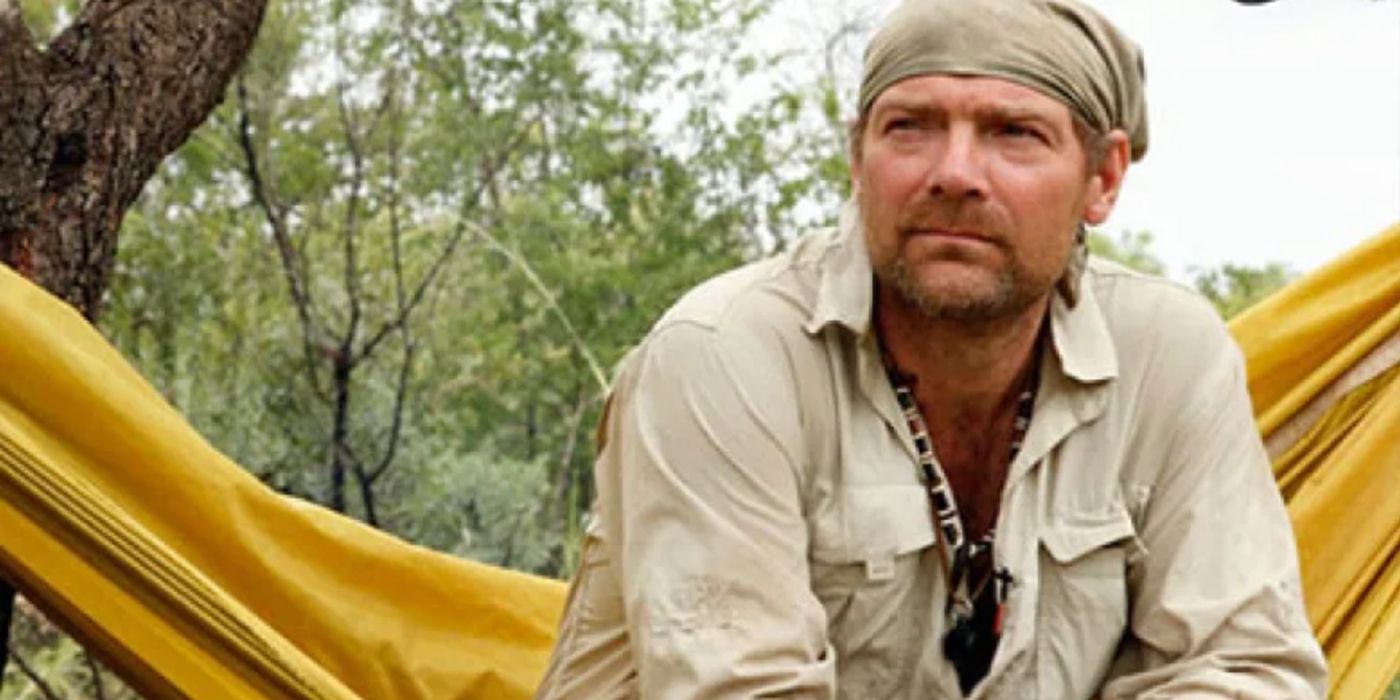
Canadian survivalist Les Stroud tackles a series of simulated life or death situations in Survivorman. Simulating anything from a plane crash to a car breakdown in the wintry wilderness, Stroud only uses the surrounding items to make it ten days. These solo expeditions would take him around the world to different climates and regions.
Survivorman first aired in 2005. Completely alone for a majority of his scenarios, Stroud relied on his understanding of plant life and regional knowledge to survive, all while operating and carrying his own camera equipment. In one episode, Stroud backpacked through the mountains with two others to simulate a real-life hiking expedition gone wrong. Episodes are available to stream on YouTube.
‘Naked and Afraid’ (2013-Present)
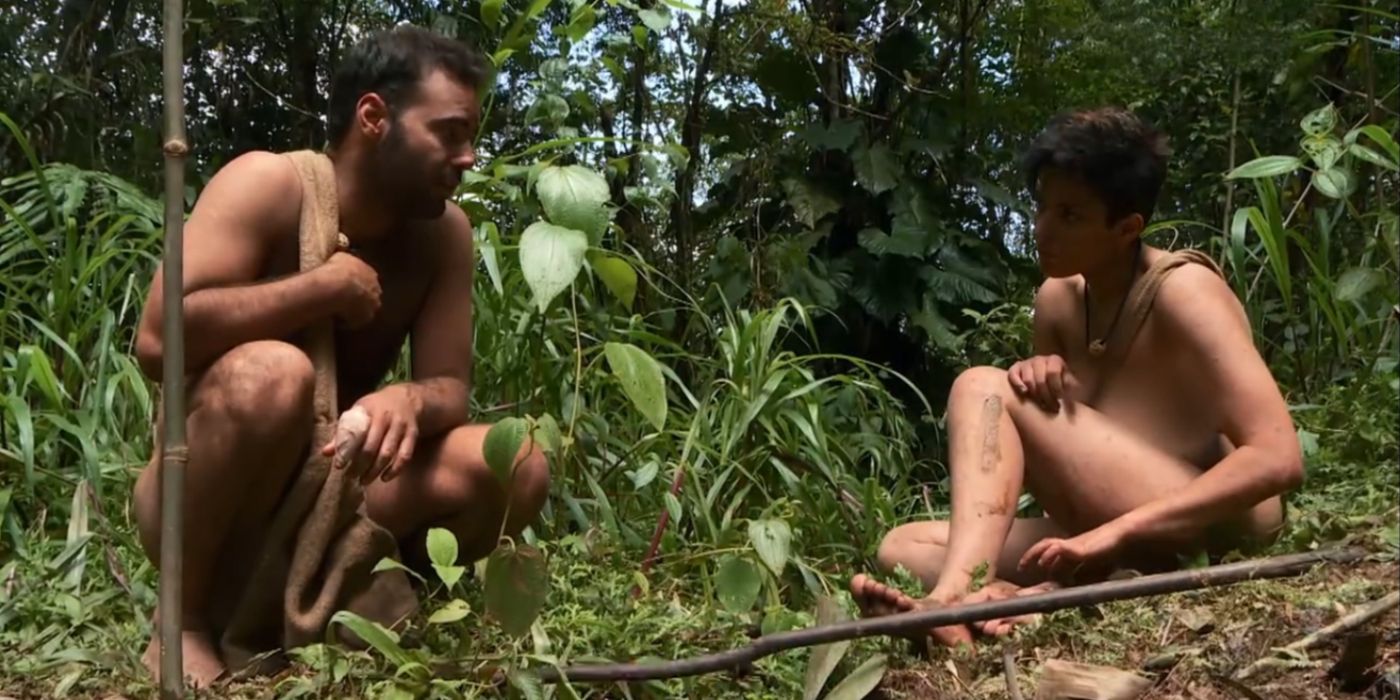
While the series has revealed that producers are heavily involved in the day-to-day activities and resources for the contestants, two individuals are still dropped naked in the wilderness with only a few resources to survive. Naked and Afraid pairs up two people, sometimes four for a team challenge, and sets them on a journey to survive 21 days in various locations across the world.
Each team is usually given a pot for boiling water, a machete or knife, and a fire starter. The resources given at the beginning vary based on location. The contestants are given a primitive survival rating (PSR) at the beginning of the challenge and at the end (whether they tap, are pulled, or complete the 21 days). Camera crews and producers are there filming for a majority, with cameras left for overnight filming. The series has gained such popularity that it led to spinoff shows like Naked and Afraid XL and Naked and Afraid XL: Frozen. Seasons and episodes are available on Discovery Plus.
‘The Island with Bear Grylls’ (2014-2019)
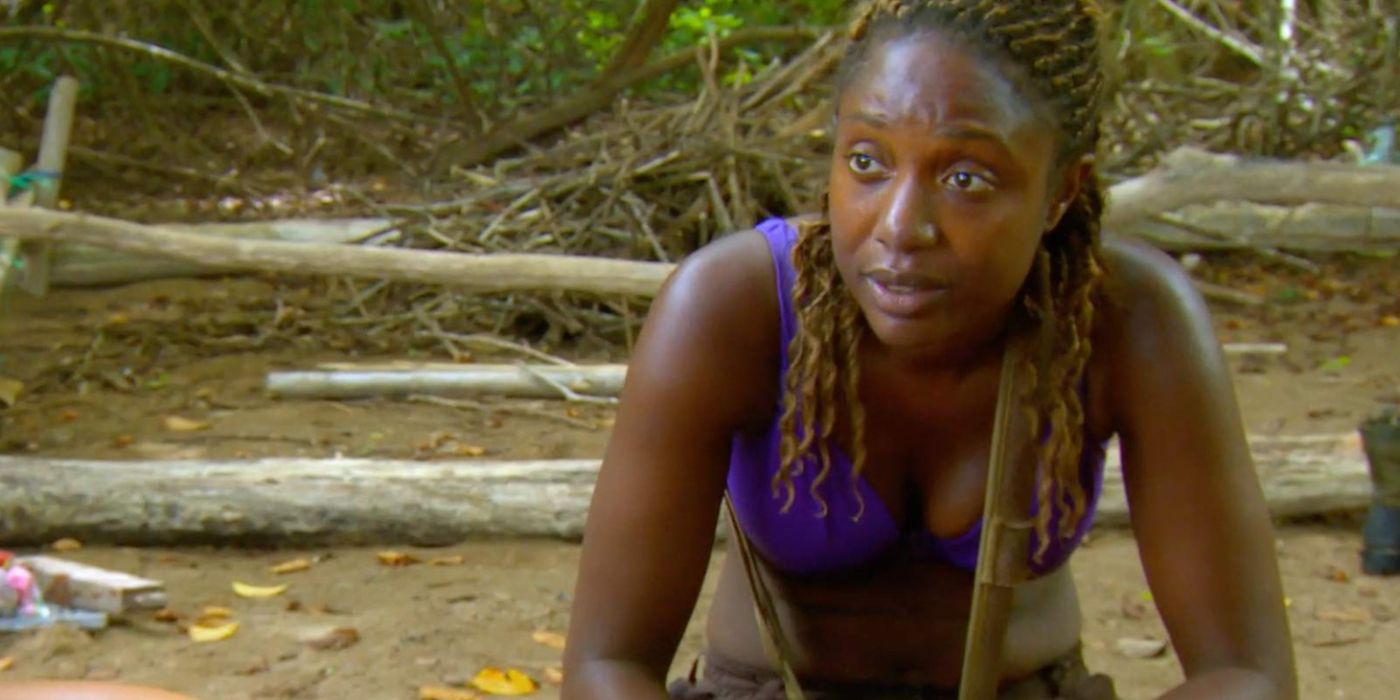
Still subject to controversy with Grylls’ attachment to the project, The Island with Bear Grylls found groups of British men, women, or sometimes a mixture of both on a remote island to survive for six weeks. In each season, there were individuals among the men/women who were trained camera people with wilderness experience. There was always a doctor among them as well.
The series received controversy as another staged installment in Grylls’ career, but he insisted it was not. Grylls explained that the production team ensured the island was inhabitable if the groups could learn and understand how to utilize the resources. In the first season, Grylls explained that caimans were introduced to the island so if the male participants killed them, the ecosystem would remain in balance. Whether it had production involvement or not, watching 10-13 people on a remote island try to get along while starving provides for solid reality TV. The seasons are available for streaming on Amazon Prime.
RELATED: Bear Grylls to Voice Himself in Animated Film ‘Endangered’
‘Life Below Zero’ (2013-Present)
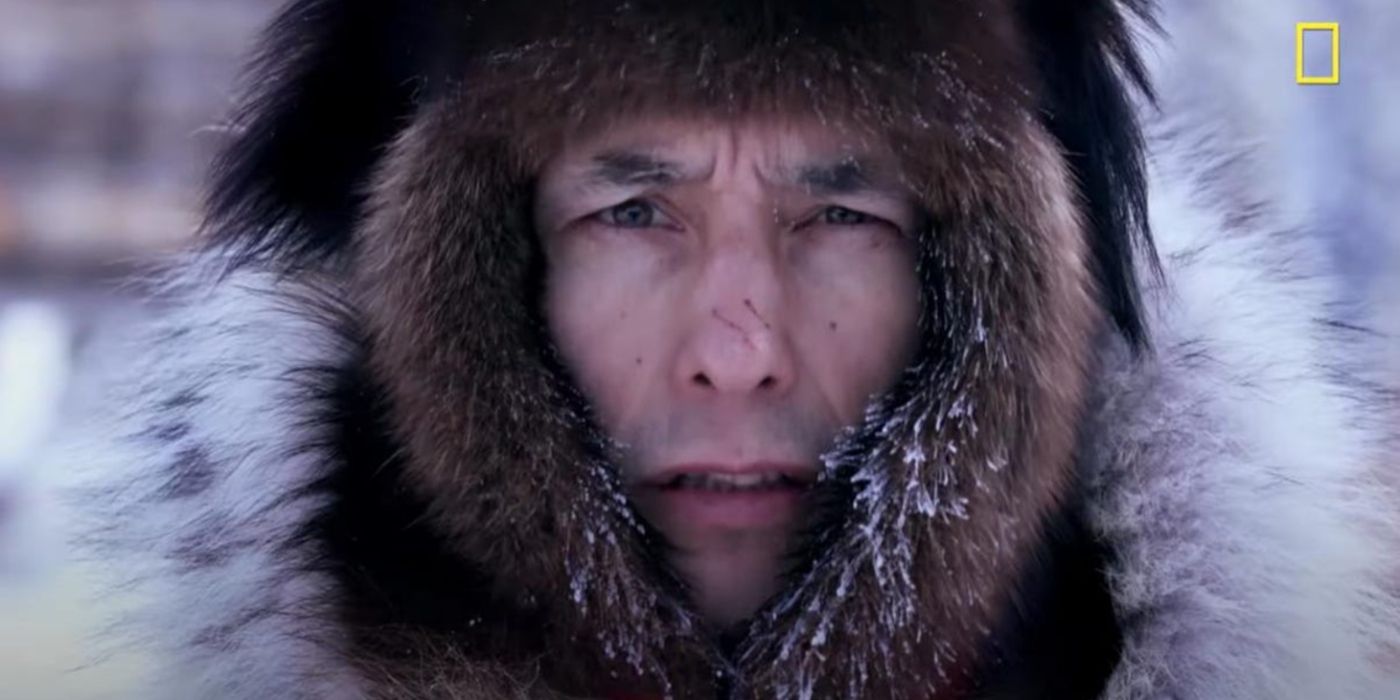
The winner of eight Primetime Emmys, Life Below Zero may not be a reality television show, but rather a story of real-life survival in the harshest of conditions. The documentary series follows multiple residents of Alaska’s most remote areas as they try to survive the freezing conditions and unforgiving circumstances.
For some, the closest neighbor is 300 miles away, and for another, sled dogs are the only way to get around. While reality television is entertaining for its short form, this series is raw and real about living in one of the world’s toughest regions. Due to its popularity, National Geographic has created spin-offs like Life Below Zero: First Alaskans. The original series is available to stream on Disney+.



